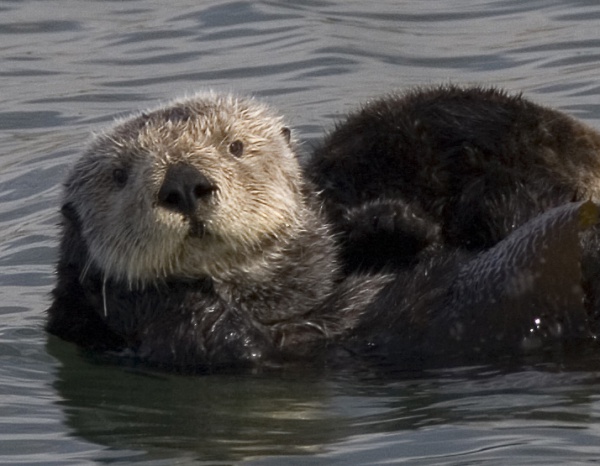Facts About Sea otter
The sea otter is a captivating marine mammal that inhabits the coasts of the northern and eastern North Pacific Ocean. Although they are the heaviest members of the weasel family, they are among the smallest marine mammals. One of their most notable features is their incredibly thick fur, which insulates them against the cold ocean waters.
Sea otters are exceptionally well-adapted to marine life. They dive to the ocean floor to forage for a variety of marine invertebrates such as sea urchins, mollusks, and crustaceans. Particularly intriguing is their use of tools; sea otters are known to use rocks to pry open shells and extract prey, demonstrating their significant intelligence.
These animals play a crucial role in their ecosystems. As a keystone species, they help regulate sea urchin populations, which, in turn, protects kelp forests from overgrazing. Sadly, sea otters were extensively hunted for their luxurious fur between 1741 and 1911, leading to a dramatic decline in their numbers and their subsequent classification as an endangered species.
The history of sea otters dates back around 5 million years. Genetic studies indicate that they are closely related to other otter species. Over time, they have developed unique adaptations for their aquatic lifestyle, such as dense fur, streamlined bodies, and specialized hunting techniques. They are diurnal and exhibit distinct social structures and foraging behaviors.
Despite their adaptations, sea otters currently face numerous threats, including oil spills, predation by orcas, poaching, and conflicts with fisheries. Conservation efforts have aided the recovery of some populations, but they are still considered endangered. Economically, sea otters provide benefits to humans by keeping sea urchin populations in check, thereby maintaining healthy kelp forests and supporting commercial shellfish fisheries.
Sea otters also hold significant cultural importance, particularly among indigenous communities, who have revered them for their fur and cultural significance for centuries. Their charm and appeal have also made them symbols of environmental conservation. Many public aquariums and zoos feature sea otters, where they continue to captivate and educate visitors.

 Mexico
Mexico